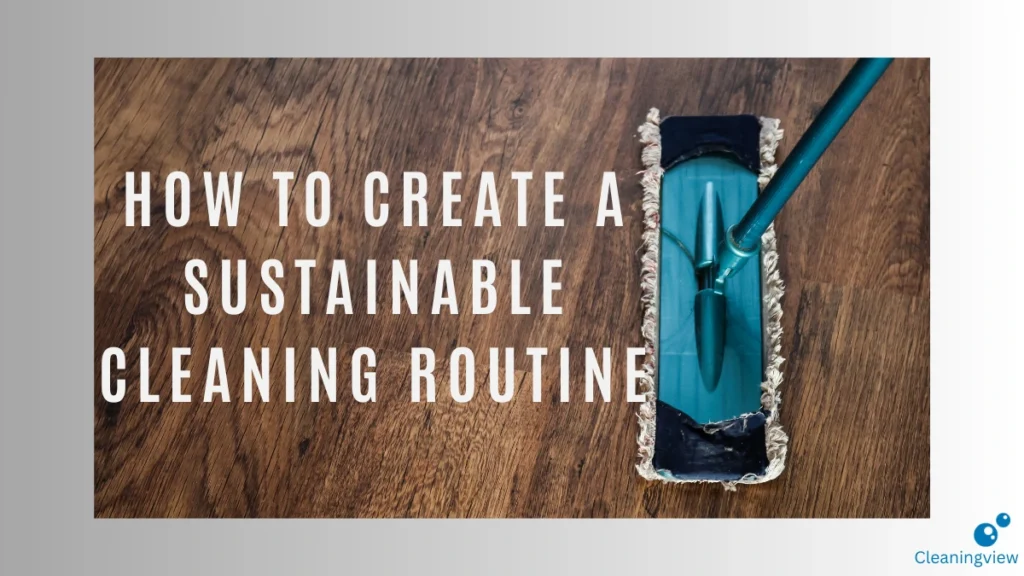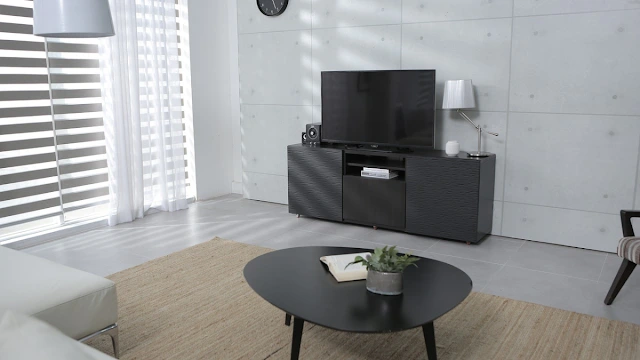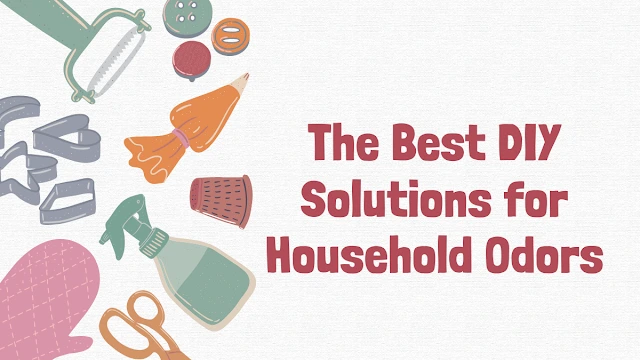
Creating a sustainable cleaning routine is important for your home and the planet. It means using eco-friendly products, reducing waste, and making mindful choices. A sustainable routine helps keep your home clean while being gentle on the environment. This guide will show you how to develop a sustainable cleaning routine, step by step.
Why a Sustainable Cleaning Routine Matters
A sustainable cleaning routine is more than just a trend. It’s about protecting our environment. Many traditional cleaning products have harsh chemicals that can harm both your health and the earth. By choosing sustainable options, you reduce your carbon footprint and help preserve natural resources. Plus, it can save you money in the long run.
Start with What You Have
Before buying new cleaning products, take a look at what you already have. Many household items can double as cleaning agents. For example, vinegar, baking soda, and lemon juice are great for cleaning various surfaces. This reduces waste and saves money. Use up your current supplies before switching to eco-friendly alternatives. This way, nothing goes to waste.
Choose Eco-Friendly Products
When it’s time to buy new cleaning products, look for eco-friendly options. These products are made with natural ingredients and are free from harmful chemicals. They are biodegradable, meaning they break down easily in the environment. Some brands also use recyclable packaging. Read labels carefully and choose products that are certified by environmental organizations. Look for certifications like Green Seal or ECOLOGO.
Use Reusable Cleaning Tools
Disposable cleaning tools like paper towels and mop pads create a lot of waste. Instead, choose reusable tools. Microfiber cloths are a great alternative to paper towels. They are durable, washable, and effective at picking up dirt. Consider using a reusable mop with washable pads. This not only reduces waste but also saves money over time.
Make Your Own Cleaning Solutions
Homemade cleaning solutions are a great way to ensure you know exactly what’s in your cleaning products. Many DIY recipes use simple ingredients you already have at home. For example, a mix of vinegar and water can clean glass surfaces. Baking soda and water make a great scrub for tough stains. You can add a few drops of essential oils for a pleasant scent. This reduces the need for store-bought products and cuts down on plastic packaging.
Simple DIY Cleaning Solution Recipes
1. All-Purpose Cleaner: Mix 1 part vinegar with 1 part water in a spray bottle. Add a few drops of your favorite essential oil.
2. Glass Cleaner: Mix 2 cups of water, 1/4 cup of vinegar, and 1/2 teaspoon of dish soap in a spray bottle.
3. Bathroom Scrub: Combine 1/2 cup of baking soda with a few tablespoons of water to make a paste. Apply to surfaces and scrub with a cloth.
Clean Smarter, Not Harder
A sustainable cleaning routine doesn’t mean spending hours scrubbing. Instead, focus on cleaning smarter. Develop a regular cleaning schedule to prevent dirt and grime from building up. This reduces the need for harsh cleaners. For example, wiping down surfaces daily can prevent the need for heavy-duty cleaners later. Also, consider spot-cleaning as needed. This keeps your home fresh without using excessive water or cleaning products.
Reduce Water Usage
Water is a precious resource. Be mindful of how much water you use when cleaning. Instead of letting the tap run, fill a bucket with water for tasks like mopping. When washing dishes, use a basin of water instead of running the tap. These small changes can make a big difference over time. Also, fix any leaks in your home to prevent water waste.
Air Dry Whenever Possible
Air drying is an energy-efficient way to dry your laundry and cleaning tools. Instead of using a dryer, hang your clothes and cleaning cloths to dry. This not only saves energy but also extends the life of your fabrics. You can also air dry your dishes instead of using the dishwasher’s drying cycle. This reduces your energy consumption and lowers your utility bills.
Dispose of Waste Properly
Sustainable cleaning also involves proper waste disposal. Don’t pour chemicals down the drain as they can pollute water sources. Check if your local recycling program accepts empty cleaning product bottles. Some hazardous materials, like old paint or batteries, require special disposal. Take the time to research and follow your area’s guidelines.
Avoid Single-Use Plastics
Single-use plastics are a big problem for the environment. Avoid products that come in plastic packaging or use plastic liners. Instead, choose products that use minimal or recyclable packaging. You can also buy in bulk to reduce the amount of packaging you use. Another option is to refill containers instead of buying new ones. Some stores offer refill stations for cleaning products, which helps reduce plastic waste.
Sustainable Laundry Practices
Laundry is another area where you can make sustainable choices. Start by using an eco-friendly detergent. Many brands offer biodegradable options that are free from harsh chemicals. Wash your clothes in cold water whenever possible, as it saves energy. Only run full loads to reduce water and energy use. Consider line drying your clothes to save on electricity.
Tips for Sustainable Laundry:
1. Use a Cold Water Cycle: It saves energy and is gentler on clothes.
2. Full Loads Only: This reduces water and energy use.
3. Line Dry: It’s energy-efficient and prolongs the life of your clothes.
4. Choose Natural Fibers: Natural fibers like cotton and linen are biodegradable and require less energy to produce.
Cleaning Your Home with Less Impact
Cleaning your home doesn’t have to harm the environment. By making small changes to your routine, you can reduce your impact. For example, use natural light to reduce the need for artificial lighting during cleaning. Open windows for ventilation instead of using air fresheners. These simple changes can make a big difference over time.
Teach Your Family
A sustainable cleaning routine is a family effort. Teach your family members the importance of eco-friendly practices. Show them how to use natural cleaning products and tools. Encourage them to be mindful of water and energy use. By working together, you can make your home a healthier place to live. Plus, it sets a good example for future generations.
Stay Consistent
The key to a sustainable cleaning routine is consistency. Make these practices a part of your daily life. Over time, they will become second nature. Remember, sustainability is a journey. Every small step counts towards a cleaner, greener home.
Review and Adjust
As with any routine, it’s important to review and adjust as needed. What works for you now might change in the future. For example, if you find a new eco-friendly product that you love, incorporate it into your routine. Stay informed about new sustainable practices and products. This ensures your routine stays effective and eco-friendly.
Benefits of a Sustainable Cleaning Routine
A sustainable cleaning routine offers many benefits. It’s better for your health, as you avoid harsh chemicals. It’s also better for the environment, as you reduce waste and conserve resources. Plus, it can save you money over time. By making mindful choices, you create a healthier home for your family and a healthier planet for everyone.
Health Benefits:
Reduced Exposure to Toxins: Natural cleaning products are free from harmful chemicals.
Improved Indoor Air Quality: Fewer chemicals mean cleaner air inside your home.
Allergy Reduction: Eco-friendly products are often gentler on sensitive skin and respiratory systems.
Environmental Benefits:
Less Pollution: Biodegradable products break down safely in the environment.
Reduced Waste: Reusable tools and minimal packaging reduce your household waste.
Conservation of Resources: Using less water and energy helps protect natural resources.
Financial Benefits:
Cost Savings: Homemade cleaners and reusable tools are often cheaper in the long run.
Energy Efficiency: Lower energy bills from practices like air drying and cold water washing.
Longer-Lasting Products: Eco-friendly tools and products are designed to last longer.
FAQs about Sustainable Cleaning
Q: What is a sustainable cleaning routine?
A sustainable cleaning routine uses eco-friendly products, reduces waste, and conserves resources. It focuses on cleaning in a way that is good for both your home and the environment.
Q: Why should I switch to eco-friendly cleaning products?
Eco-friendly products are made with natural ingredients and are free from harmful chemicals. They are safer for your health and the environment.
Q: How can I reduce waste in my cleaning routine?
Use reusable cleaning tools like microfiber cloths and washable mop pads. Make your own cleaning solutions to reduce plastic packaging. Avoid single-use plastics and buy in bulk when possible.
Q: Are homemade cleaning solutions effective?
Yes, homemade cleaning solutions can be very effective. Simple ingredients like vinegar, baking soda, and lemon juice can clean a variety of surfaces. They are also safer for your health and the environment.
Q: How can I save water when cleaning?
Use a bucket of water instead of running the tap. Fix any leaks in your home to prevent water waste. Wash full loads of laundry and dishes to reduce water use.
Read More
https://cleaningview.ca/best-ways-to-clean-and-maintain-your-living-room-furniture/
Important: The information provided here in the post is for general informational purposes only. It should not be taken as professional or any other type of advice. Always seek the advice of a qualified professional before implementing this information on your own. Thank you!
Add CleaningView To Your Google News Feed



